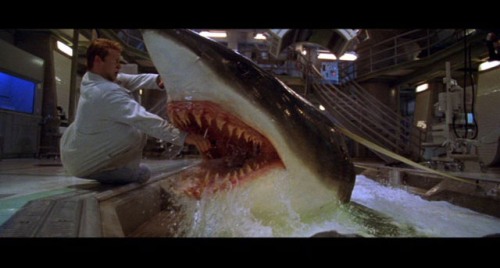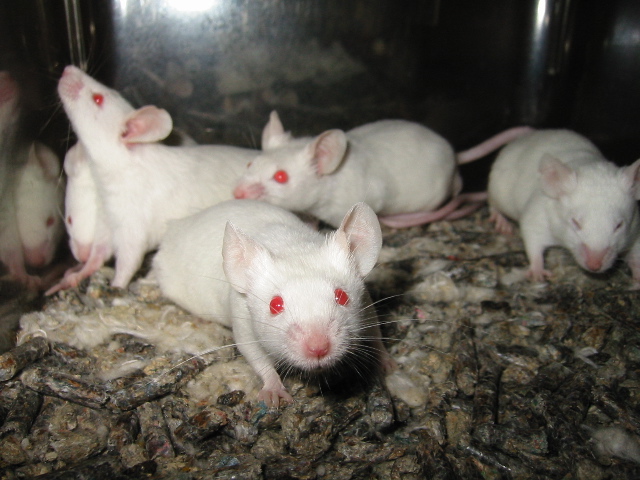 0000-0002-8715-2896 Toward designer babies and creating (human?) genomes Posted May 19, 2017 by Tabitha M. Powledge in Uncategorized post-info AddThis Sharing Buttons above NO SEX, NO PAIN: TOWARD LAB-GROWN DESIGNER BABIES It gives new
0000-0002-8715-2896 Toward designer babies and creating (human?) genomes Posted May 19, 2017 by Tabitha M. Powledge in Uncategorized post-info AddThis Sharing Buttons above NO SEX, NO PAIN: TOWARD LAB-GROWN DESIGNER BABIES It gives newCategory Archives: mice
Toward designer babies and creating (human?) genomes
 0000-0002-8715-2896 Toward designer babies and creating (human?) genomes Posted May 19, 2017 by Tabitha M. Powledge in Uncategorized post-info AddThis Sharing Buttons above NO SEX, NO PAIN: TOWARD LAB-GROWN DESIGNER BABIES It gives new
0000-0002-8715-2896 Toward designer babies and creating (human?) genomes Posted May 19, 2017 by Tabitha M. Powledge in Uncategorized post-info AddThis Sharing Buttons above NO SEX, NO PAIN: TOWARD LAB-GROWN DESIGNER BABIES It gives newPosted by in CRISPR, designer babies, dna, eggs, Evolution, featured, gene editing, genetic engineering, genetics, Genome, GP-write, health care, HGP-write, Human Evolution, mice, On Science Blogs, Research, sperm, stem cells
Of Mice and Men: Uncovering Cardiovascular Disease Genetics
 February is American Heart Month, a great time to take a closer look at cardiovascular disease (CVD). According to the World Health Organization (WHO), about 17.5 million people die each year from CVD, a figure representing
February is American Heart Month, a great time to take a closer look at cardiovascular disease (CVD). According to the World Health Organization (WHO), about 17.5 million people die each year from CVD, a figure representingSmarter mice are safer than smarter sharks
 I don’t know if you’re familiar with the cinematic gem Deep Blue Sea, but as far as ridiculous neuroscience sci-fi horror movies go, it is awesome. Let me summarize the plot for you. A group of researchers is working in an underwater lab trying to cure Alzheimer’s. Their proposal involves genetically engineering three Mako sharks to enlarge the size of their brains. Somehow, the researchers plan to harvest these huge brains and then use the tissue to cure Alzheimer’s… Lets just say, they didn’t cure Alzheimer’s and spoiler! Samuel L. Jackson gets eaten in one of cinema’s greatest death scences.
I don’t know if you’re familiar with the cinematic gem Deep Blue Sea, but as far as ridiculous neuroscience sci-fi horror movies go, it is awesome. Let me summarize the plot for you. A group of researchers is working in an underwater lab trying to cure Alzheimer’s. Their proposal involves genetically engineering three Mako sharks to enlarge the size of their brains. Somehow, the researchers plan to harvest these huge brains and then use the tissue to cure Alzheimer’s… Lets just say, they didn’t cure Alzheimer’s and spoiler! Samuel L. Jackson gets eaten in one of cinema’s greatest death scences.
It turns out that not all neuroscientists are familiar with Deep Blue Sea and the consequences of tinkering around with their lab animal’s brains. A new study recently published in Cell Stem Cell, discovered that when human glial progenitor cells are grafted into mouse’s brains the mice become “smarter”. A glial progenitor cell is a type of stem cell that is capable of maturing into an astrocyte, which is a cell that supports neurons, and is the most abundant type of cell in the brain. These human astrocytes distributed evenly throughout the brain of the recipient mouse and even generated their typical structures which previously had only been observed in humans and apes.
Astrocytes don’t normally participate in the electrical activity of the brain but they do send signals via fluctuations of calcium. These human astrocytes respond to changes in calcium level much faster than mouse astrocytes. These quick responses to calcium enhance how the mouse neurons signal electrically. After observing these physical changes in the chimeric human-mouse brains, the next question is, do these changes change how well the mouse brain functions?
The mice participated in several classic learning and memory tests, auditory fear conditioning, contextual fear conditioning, Barnes mazes, and Object-location memory tasks. On every test, the mice with human glial cells outperformed control mice. So it appears that adding these glial cells has made these animals “smarter”.
If I were those researchers, I would be a little worried about my lab mice turning on me. At least they can’t run 35 mph or have enormous jaws….yet.
Posted by in Curiosities of Nature, deep blue sea, glia, learning and memory, mice, neuroscience, plasticity, sharks, stem cells
Important & neglected aspect of lab studies of animals : effect of habitat change on microbiome
 |
| By Aaron Logan via Wikipedia |
Abstract: The mammalian intestine harbors a vast, complex and dynamic microbial population, which has profound effects on host nutrition, intestinal function and immune response, as well as influence on physiology outside of the alimentary tract. Imbalance in the composition of the dense colonizing bacterial population can increase susceptibility to various acute and chronic diseases. Valuable insights on the association of the microbiota with disease critically depend on investigation of mouse models. Like in humans, the microbial community in the mouse intestine is relatively stable and resilient, yet can be influenced by environmental factors. An often-overlooked variable in research is basic animal husbandry, which can potentially alter mouse physiology and experimental outcomes. This study examined the effects of common husbandry practices, including food and bedding alterations, as well as facility and cage changes, on the gut microbiota over a short time course of five days using three culture-independent techniques, quantitative PCR, terminal restriction fragment length polymorphism (TRFLP) and next generation sequencing (NGS). This study detected a substantial transient alteration in microbiota after the common practice of a short cross-campus facility transfer, but found no comparable alterations in microbiota within 5 days of switches in common laboratory food or bedding, or following an isolated cage change in mice acclimated to their housing facility. Our results highlight the importance of an acclimation period following even simple transfer of mice between campus facilities, and highlights that occult changes in microbiota should be considered when imposing husbandry variables on laboratory animals.
I personally think that we as a community are going to have to come to grips with the fact that the microbial communities in / on research organisms (of all kinds) may have a profound effect on experimental results. This may explain many of the differences seen in experiments between facilities or over time within a facility. In general, I think either controlling the microbes more carefully in lab experiments (e.g., using defined flora) or at least monitoring them is going to be very important to best interpret studies of plants and animals in the lab (or for that matter - in the field too). Anyway -this paper is a tiny window into one of the ways that controlling for microbiomes may be important in lab studies.
Citation: Ma BW, Bokulich NA, Castillo PA, Kananurak A, Underwood MA, et al. (2012) Routine Habitat Change: A Source of Unrecognized Transient Alteration of Intestinal Microbiota in Laboratory Mice. PLoS ONE 7(10): e47416. doi:10.1371/journal.pone.0047416
Posted by in mice, microbiome, PLOS One, UC Davis